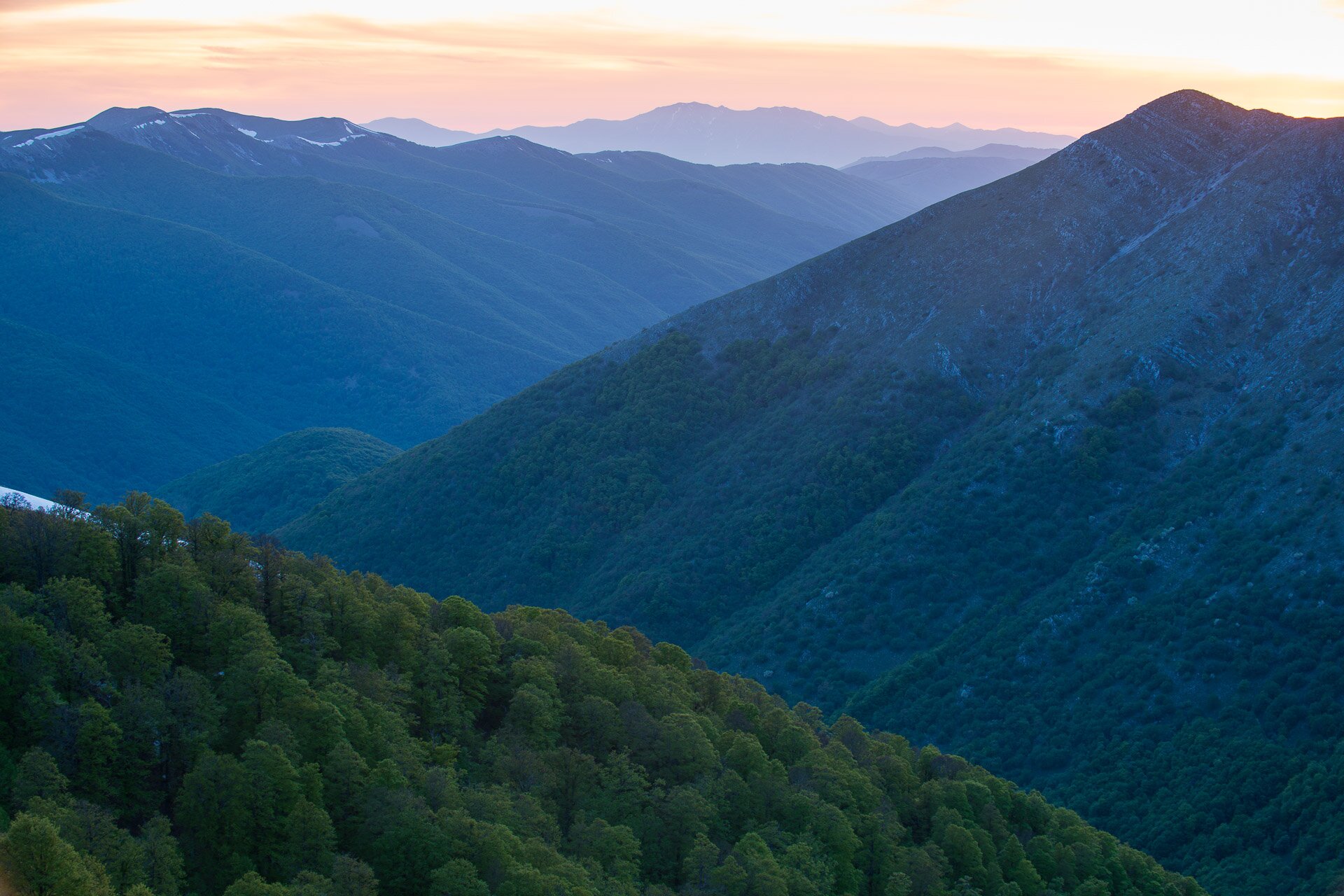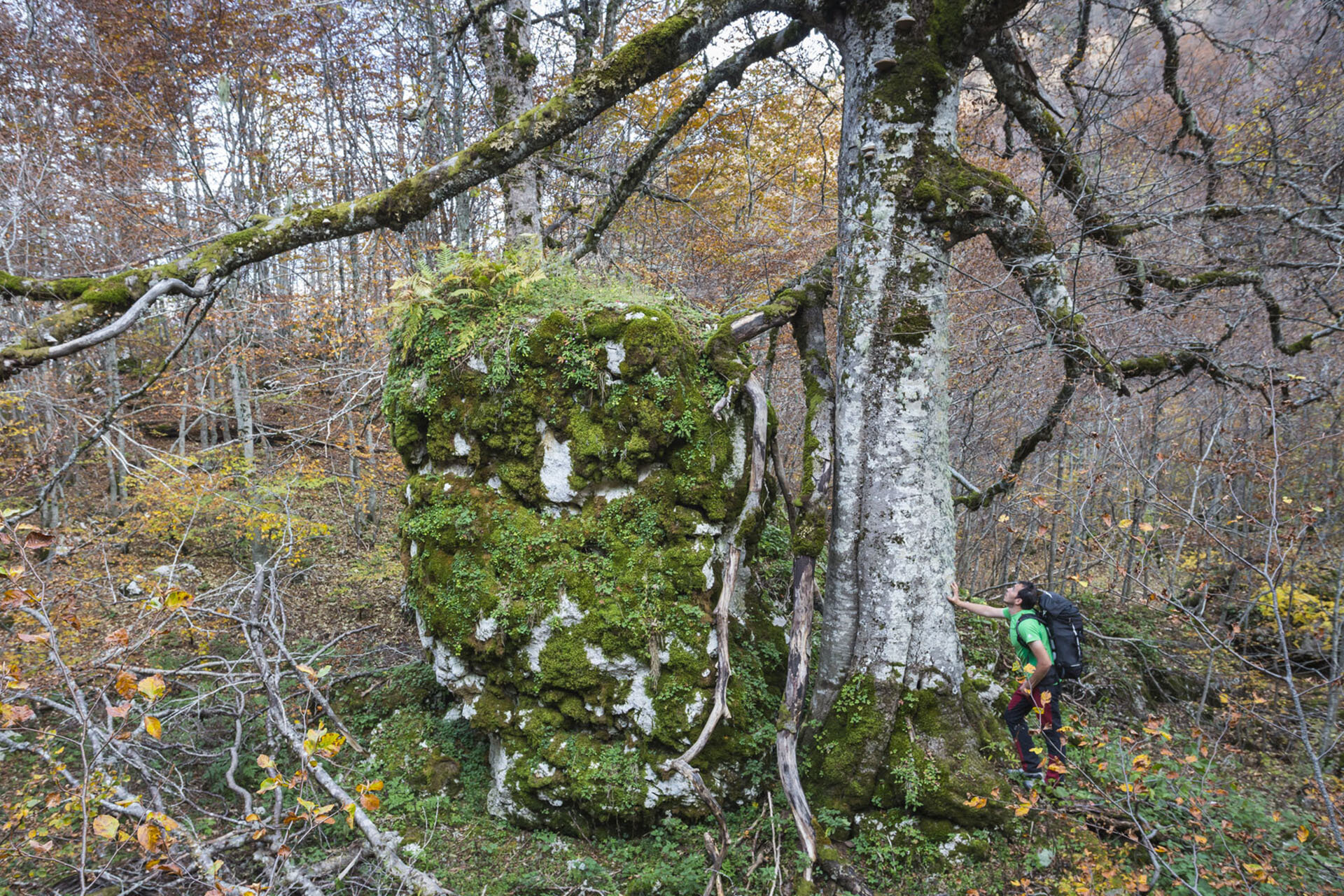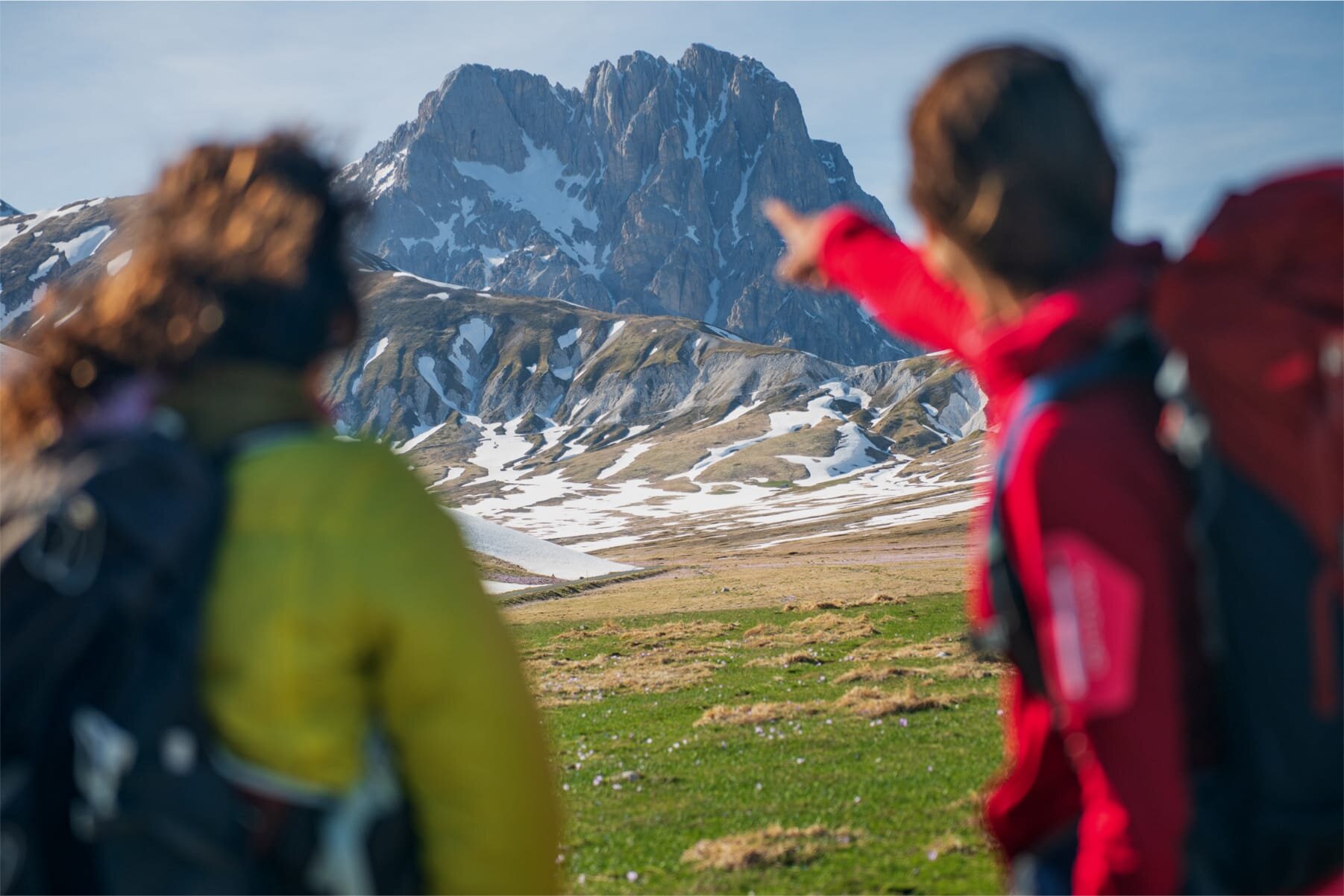Wildlife Adventures is now a well-established ecotourism tour operator in Central Europe. It is a company born from a deep passion for nature and a desire to protect what is most precious to us. Like all the best stories, this one began with a dream scribbled in the pages of an empty Moleskine notebook.
Driven by passion, connected to nature
Umberto Esposito, founder and nature guide, gave shape to that vision: to create an organisation that not only brought people closer to nature, but inspired them to be part of a greater change. His passion for photography and love of the natural world, coupled with his early encounters with bears, prompted him to attend the 16^(th) IBA Conference in Italy in 2005, organised by the International Association for Bear Research and Management (IBA).
It was here that Umberto first got the chance to contribute to the storytelling of one of the most endangered species: the Marsican brown bear. The success of these brief visual snippets convinced him of the importance of taking real action to protect the natural heritage of the Apennines, through the creation of ecotourism that benefits the environment and local communities alike.
Over time, our logo has evolved to embody four elements that define us: exploration, discovery, connection and sharing the wonders of nature. These principles shape not only our past and present experiences, but also guide every future journey into the wild heart of Italy.


